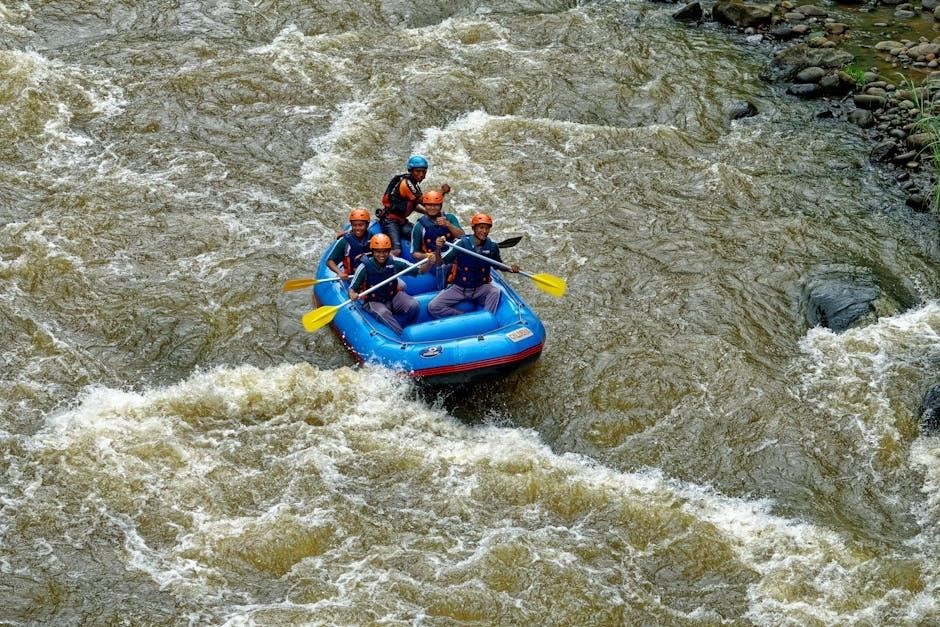Tipping your white water rafting guide is essential, as they rely on gratuity for fair compensation. Aim for 10-20% of the trip cost to show appreciation for their expertise.
How Much to Tip Your White Water Rafting Guide
Tip your white water rafting guide 10-20% of the total trip cost, depending on service quality and trip duration. For half-day trips, $3-5 per person is standard, while full-day trips typically range from $5-7 per person. Multi-day adventures may warrant $10-15 per person or more, reflecting the extended effort and service provided by the guides.
General Guidelines for Tipping
Tipping your white water rafting guide is a standard practice, with most recommendations suggesting 10-20% of the total trip cost. For half-day trips, $3-5 per person is typical, while full-day trips often range from $5-7 per person. Multi-day adventures may warrant $10-15 per person or more, depending on the length and quality of service. Factors such as the guide’s expertise, safety focus, and overall experience should influence your tip amount. If the guide provided exceptional service, such as sharing local knowledge or ensuring a memorable adventure, consider tipping on the higher end. Tips are usually collected at the end of the trip, and some outfitters may include a gratuity line on the final bill. Remember, tipping is optional but highly appreciated, as many guides rely on gratuities for fair compensation. Always base your tip on your satisfaction and the guide’s dedication.
Factors Influencing Tip Amount
Several factors influence the amount you should tip your white water rafting guide. The length and type of trip play a significant role, with longer or more challenging adventures warranting higher gratuity. The guide’s expertise and ability to ensure safety while providing an enjoyable experience are crucial considerations. Additionally, the quality of service, such as sharing local history or handling unexpected situations, can justify a larger tip. Group size may also impact the total amount, as tips are often calculated per person. If the guide goes above and beyond, such as assisting with special needs or creating a memorable atmosphere, it’s appropriate to show extra appreciation. Budget constraints and personal satisfaction levels also influence tip amounts, making it a subjective yet important gesture. Ultimately, the tip reflects your gratitude for a safe and enjoyable experience.
Tipping Per Person: Industry Standards
Tipping per person is a common practice in white water rafting, with guidelines varying based on trip duration and complexity. For half-day trips, a tip of $3-5 per person is standard, while full-day trips typically see $5-7 per person. Multi-day adventures often range from $10-15 per person. These amounts are considered fair for ensuring guides receive adequate compensation. The per-person approach helps distribute gratuity evenly among participants. It’s important to note that these are general recommendations, and the final amount should reflect your satisfaction with the service. Adjusting the tip based on individual experiences ensures a fair and personalized gesture of appreciation. Always consider the overall quality of the experience when determining your contribution. This approach supports guides while maintaining a clear and equitable tipping standard.
Tipping for Day Trips
Tipping per person is common, with half-day trips seeing $3-5, full-day trips $5-7, and multi-day trips $10-15. These amounts are considered fair and reflect industry standards.
Half-Day Trips: What to Expect
For half-day white water rafting trips, tipping is based on the quality of service and typically ranges from $3 to $5 per person. This amount reflects industry standards for shorter excursions. Guides often rely on tips as part of their income, so consider the guide’s expertise and how they enhanced your experience. If the guide provided exceptional service, such as sharing local knowledge or ensuring safety, you might consider tipping on the higher end of this range. Additionally, some recommend tipping up to $10 per person for outstanding performance. Overall, tipping for half-day trips is a way to show appreciation for a fun and safe adventure.
Full-Day Trips: Standard Practices
For full-day white water rafting trips, tipping typically ranges from $5 to $7 per person, reflecting the extended service and effort from guides. This amount is customary in the industry. Guides often rely on tips as part of their income, so consider the guide’s expertise and how they enhanced your experience. If the guide provided exceptional service, such as sharing local knowledge or ensuring safety, you might consider tipping on the higher end of this range. Additionally, some recommend tipping up to $15 per person for outstanding performance. Overall, tipping for full-day trips is a way to show appreciation for a fun and safe adventure.
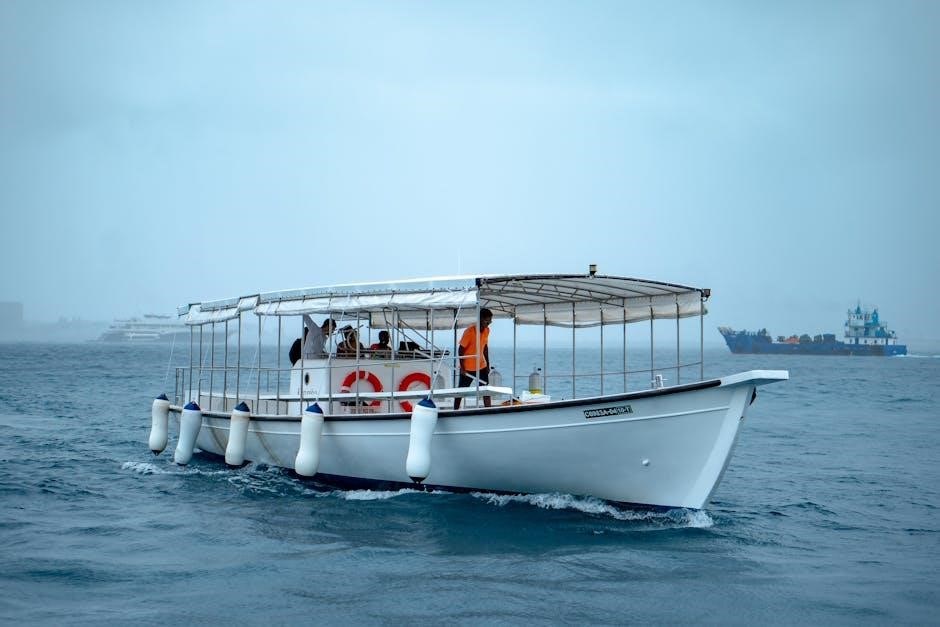
Tipping for Multi-Day Trips
For multi-day white water rafting trips, tipping typically ranges from $10 to $15 per person, increasing with trip duration and guide performance. Show appreciation for their extended care.
Extended Adventures: Gratuity Expectations
For multi-day white water rafting trips, gratuity expectations increase due to the extended time and effort guides invest in ensuring a safe and enjoyable experience. Typically, tips range from $10 to $15 per person for a two-day trip, with some recommending 8-10% of the total trip cost. This reflects the guide’s role in navigating challenging rapids, providing expertise, and enhancing the overall adventure. Factors such as the guide’s professionalism, safety focus, and ability to engage the group play a significant role in determining the tip amount. Larger groups may opt for a shared tip, while smaller groups might consider a higher per-person gratuity. These guidelines help ensure fair compensation for guides, acknowledging their dedication over extended periods. Always consider the quality of service and your overall satisfaction when deciding the final amount.
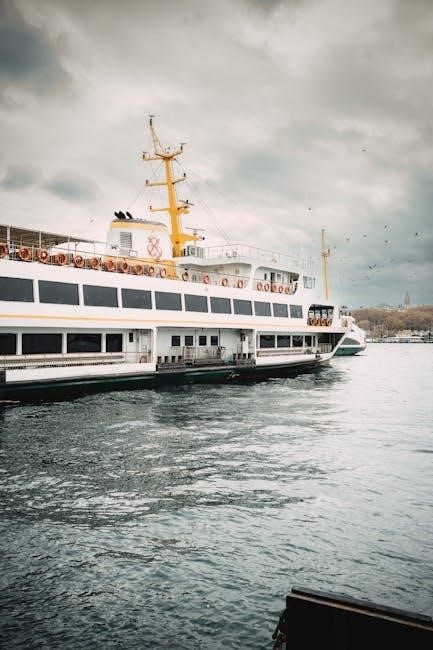
The Role of Your White Water Rafting Guide
White water rafting guides ensure safety, navigate challenging rapids, and enhance your experience. Their expertise and dedication are crucial, often compensated through gratuities, reflecting their vital role.
Why Guides Deserve Appreciation
White water rafting guides deserve appreciation for their critical role in ensuring a safe and enjoyable experience. They are trained professionals who navigate challenging rapids, provide expert instructions, and often go above and beyond to make your trip memorable. Guides rely heavily on tips as a significant portion of their income, as many companies in the industry do not pay high wages, expecting gratuities to supplement their earnings. Their dedication to safety, knowledge of the river, and ability to adapt to varying conditions justify generous tipping. Showing appreciation through tips not only recognizes their hard work but also acknowledges the trust you place in them for your safety. A fair tip reflects the value they bring to your adventure, making it both a gesture of gratitude and a vital part of their compensation.

Tipping Etiquette: Do’s and Don’ts
When it comes to tipping your white water rafting guide, proper etiquette is key. Do consider tipping based on the quality of service, trip duration, and difficulty. A general rule is 10-20% of the total trip cost, but adjust according to your experience. Do tip generously if your guide went above and beyond, such as sharing knowledge about the river, handling emergencies, or ensuring a memorable adventure. Don’t underestimate the importance of tipping, as guides often rely on gratuity for fair compensation. Don’t tip less than 5% of the trip cost, as this may be seen as disrespectful. Do tip in cash if possible, as it ensures the guide receives the full amount. Don’t forget to express gratitude verbally, as kind words can be just as meaningful as a monetary tip. Proper tipping etiquette shows appreciation for their hard work and dedication to your safety and enjoyment.
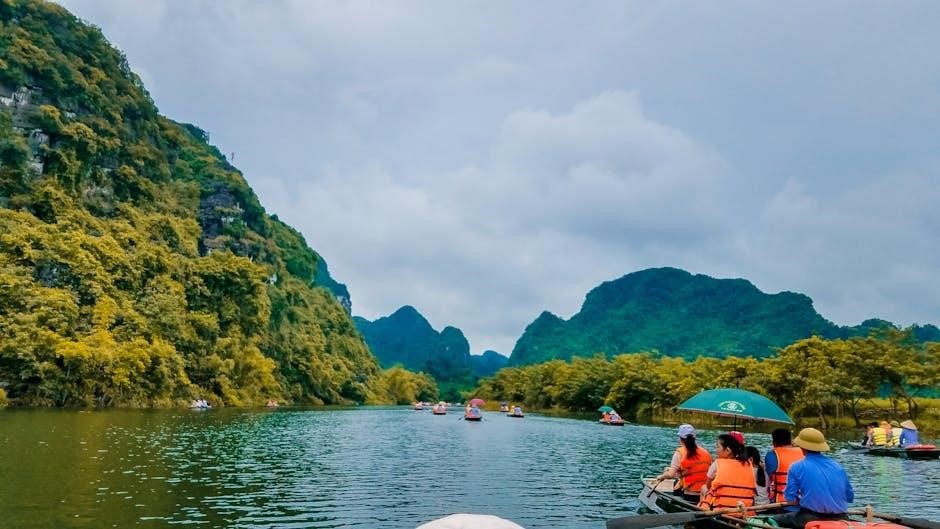
Budgeting for Tips: Planning Ahead
Budgeting for tips is essential to ensure you’re prepared for your white water rafting adventure. Calculate your tip based on the total trip cost, aiming for 10-20% as a standard guideline. For half-day trips, budget $10-$20 per person, while full-day trips may require $20-$30 per person. Multi-day excursions often need $30-$50 per person daily. Consider the guide’s expertise, safety measures, and overall experience when determining the amount. Set aside cash in advance to avoid last-minute stress. Remember, tipping is a way to show appreciation for your guide’s hard work and dedication to ensuring a safe and enjoyable journey. Plan accordingly to reflect the value of their service and your satisfaction with the trip.
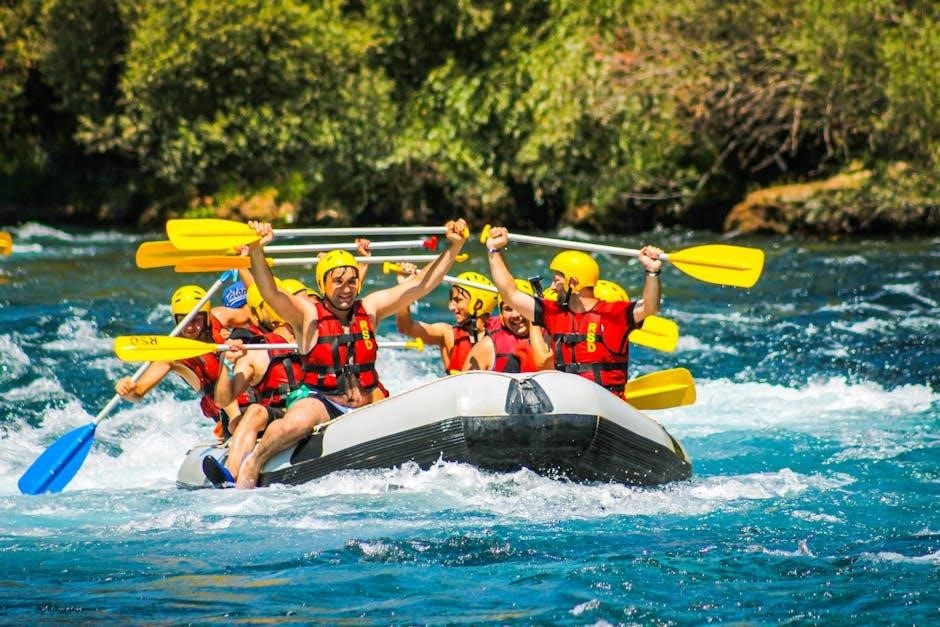
The Impact of Under-Tipping and Over-Tipping
Under-tipping can significantly impact your white water rafting guide, as many rely on gratuity for fair compensation. Guides often earn low base wages, with tips making up a substantial portion of their income. Conversely, over-tipping, while generous, can create discomfort or pressure for future guests. Both scenarios highlight the importance of understanding appropriate tipping standards. Aim for 10-20% of the total trip cost to ensure fairness without overextending. This range reflects the industry standard and aligns with the level of service provided. Finding a balanced approach ensures your guide feels appreciated while maintaining the financial comfort of all parties involved. Always consider the guide’s expertise and the quality of your experience when determining your tip.
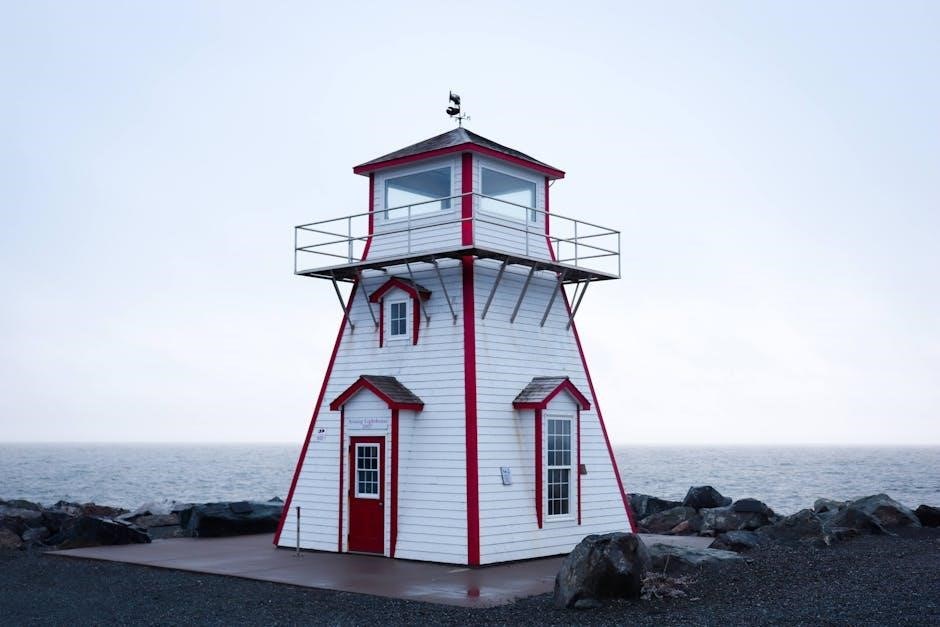
Showing Appreciation Beyond Money
While monetary tips are essential, showing appreciation for your white water rafting guide can extend beyond financial gestures. Verbal gratitude, such as thanking them for their expertise and effort, can greatly boost their morale. Writing positive reviews or testimonials for the guide or their company is another meaningful way to express satisfaction. Sharing your experience on social media, tagging the guide or outfitter, can also highlight their hard work. Some guests choose to bring small gifts, like snacks or beverages, as a token of appreciation. Additionally, offering to assist with post-trip tasks, such as unloading gear, demonstrates respect for their dedication. These non-monetary gestures complement a fair tip and show that you value their role in making your adventure memorable. Remember, genuine appreciation, in any form, fosters a positive connection with your guide.
Regional Differences in Tipping Customs
Tipping practices for white water rafting guides can vary significantly depending on the region. In the United States, particularly in states like Colorado and Idaho, it’s common to tip 10-20% of the trip cost. This reflects the service industry standard, where gratuity is expected for excellent service. However, in other countries, such as those in Europe or Asia, tipping customs may differ. For instance, in some European nations, tipping is less customary, and a smaller amount, like 5-10%, might be considered appropriate. Additionally, in regions where rafting is a popular tourist activity, guides may expect higher tips due to the high demand and competitive nature of the industry. It’s essential to research local customs beforehand to ensure your tip aligns with regional expectations and demonstrates proper appreciation for your guide’s efforts. Understanding these differences helps in making informed decisions.
